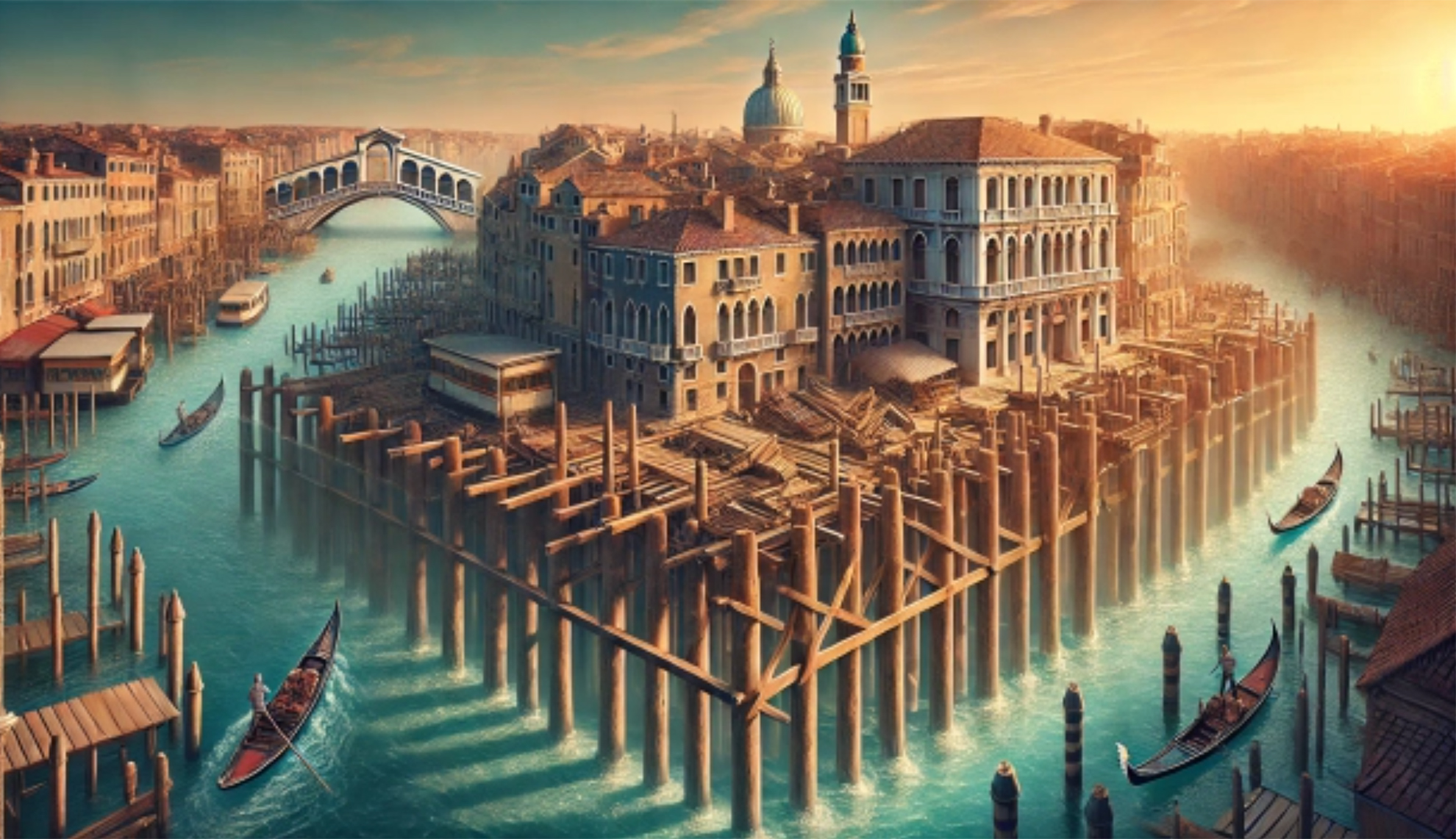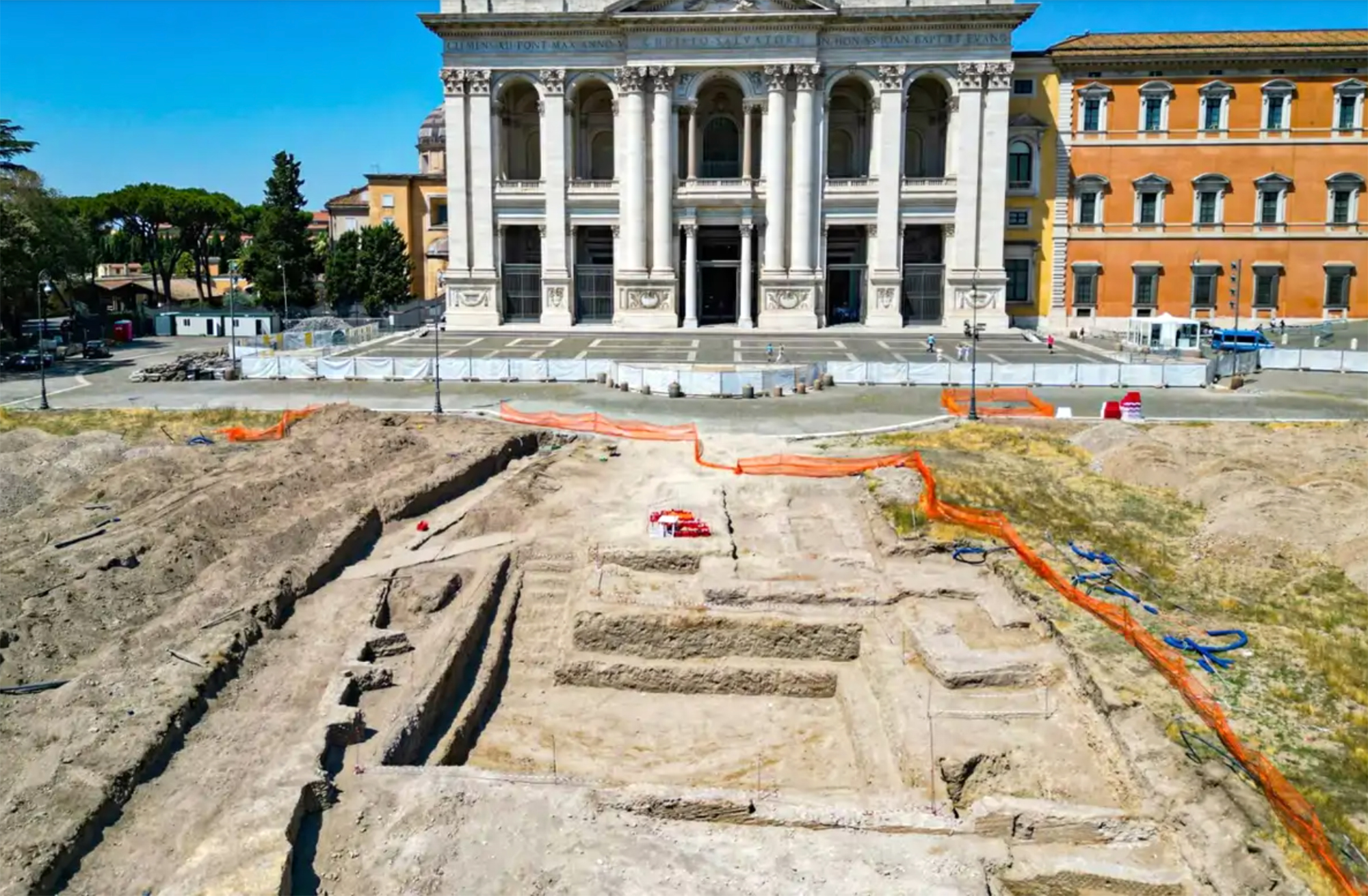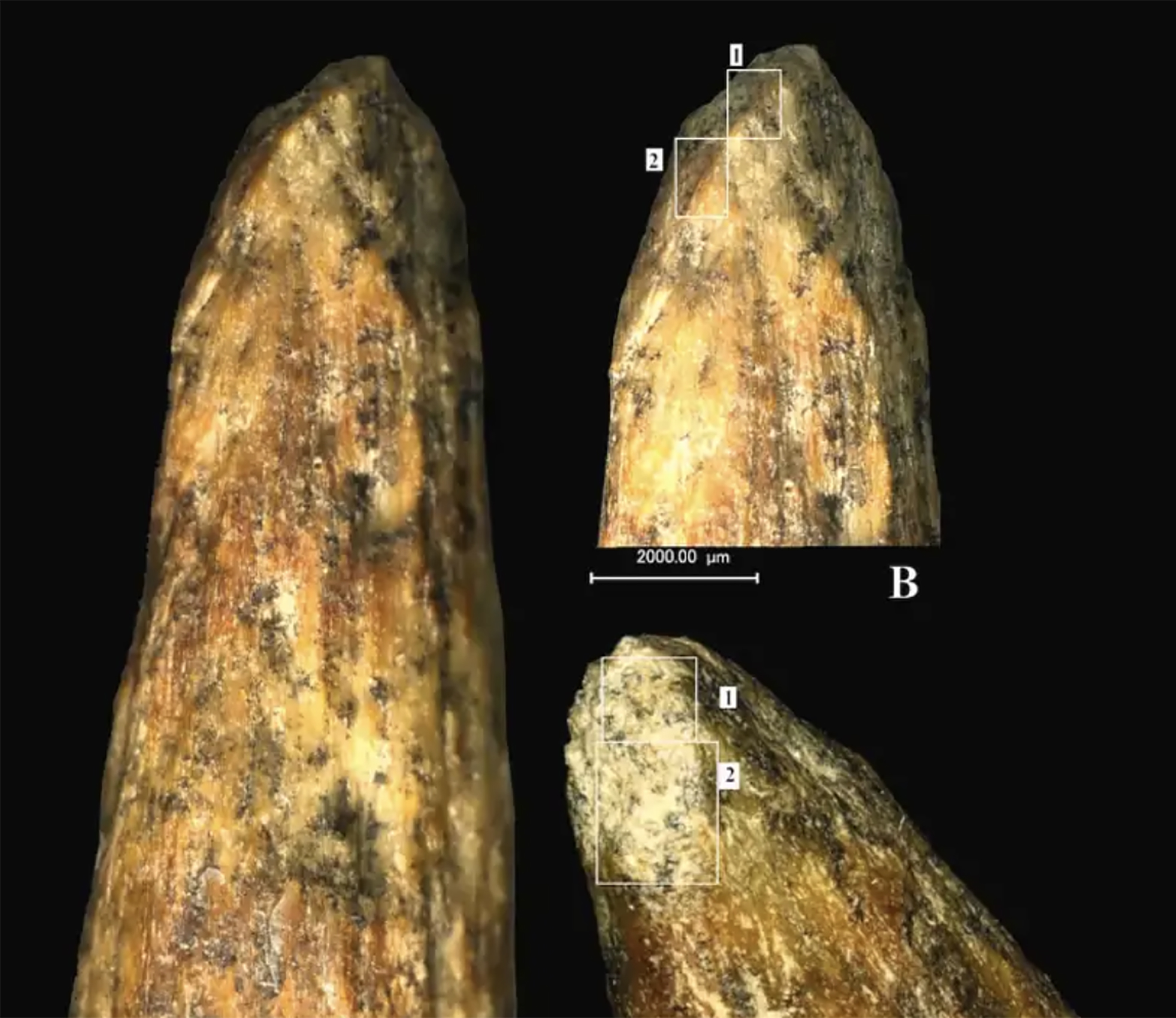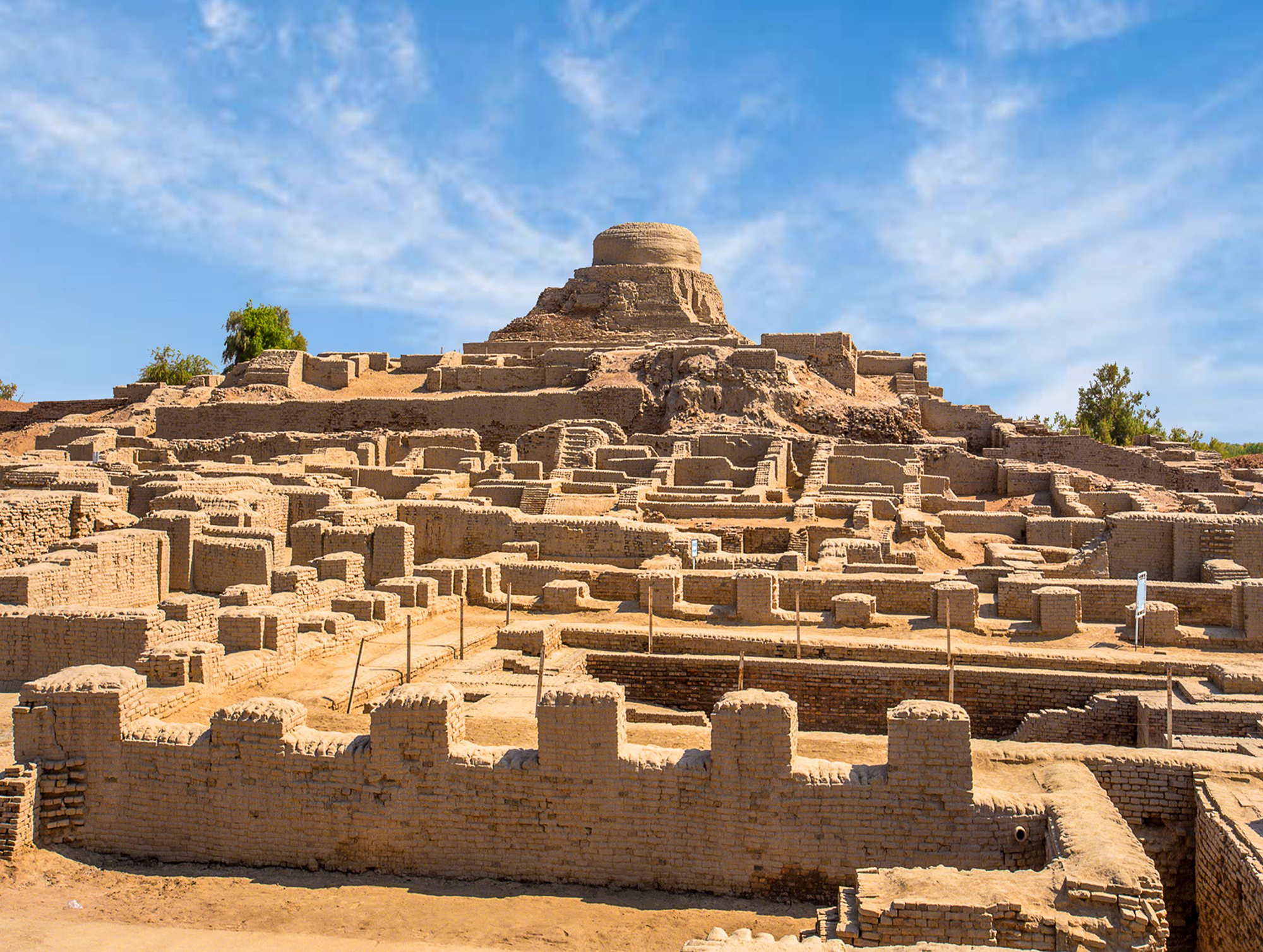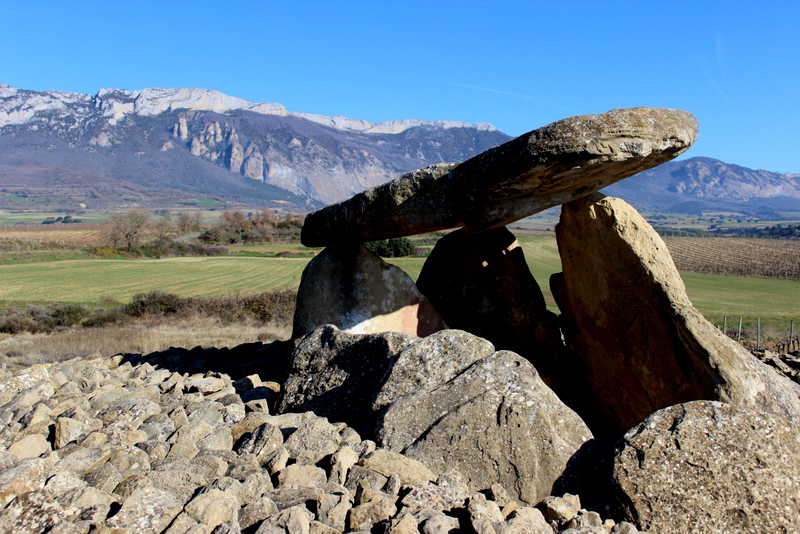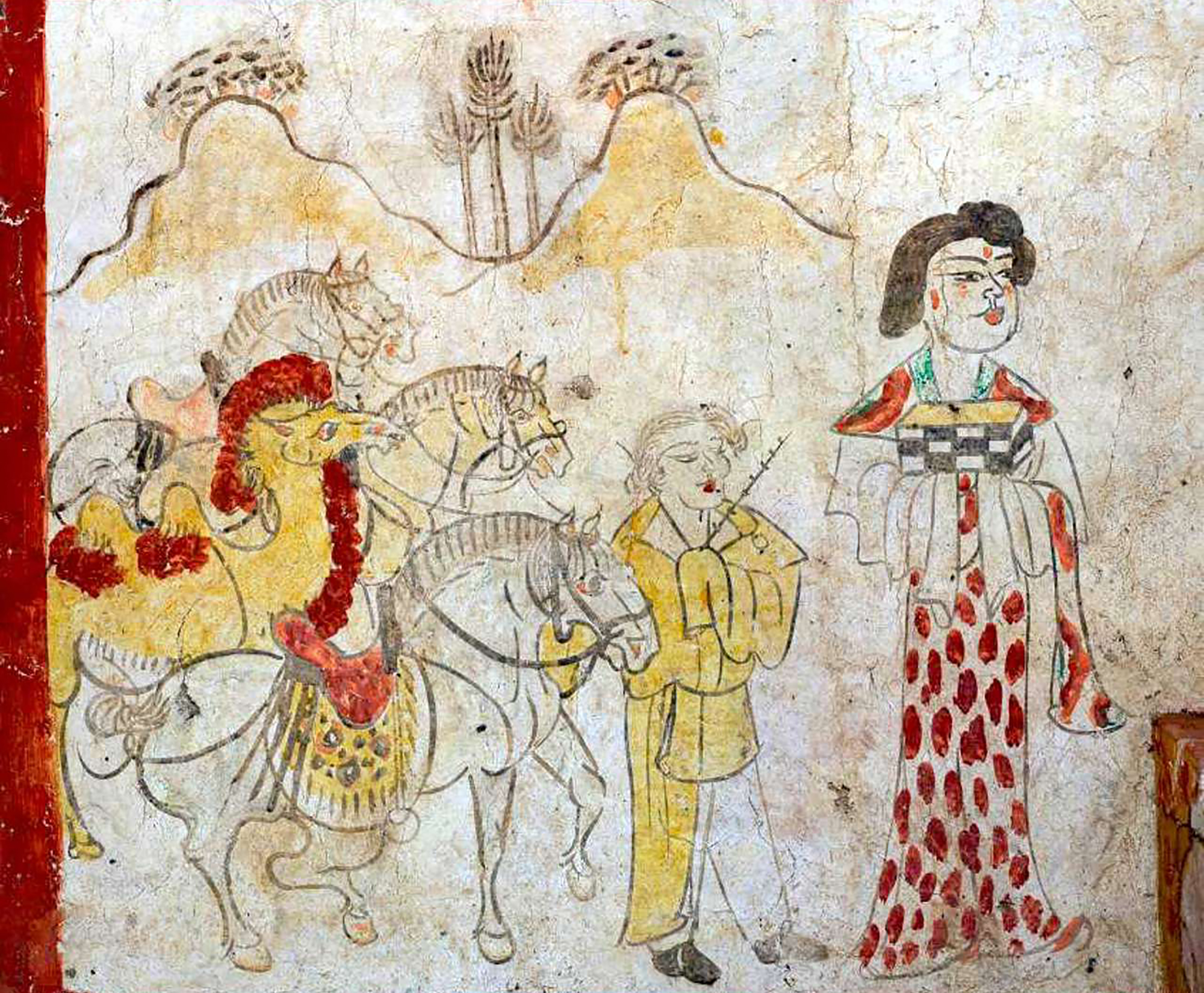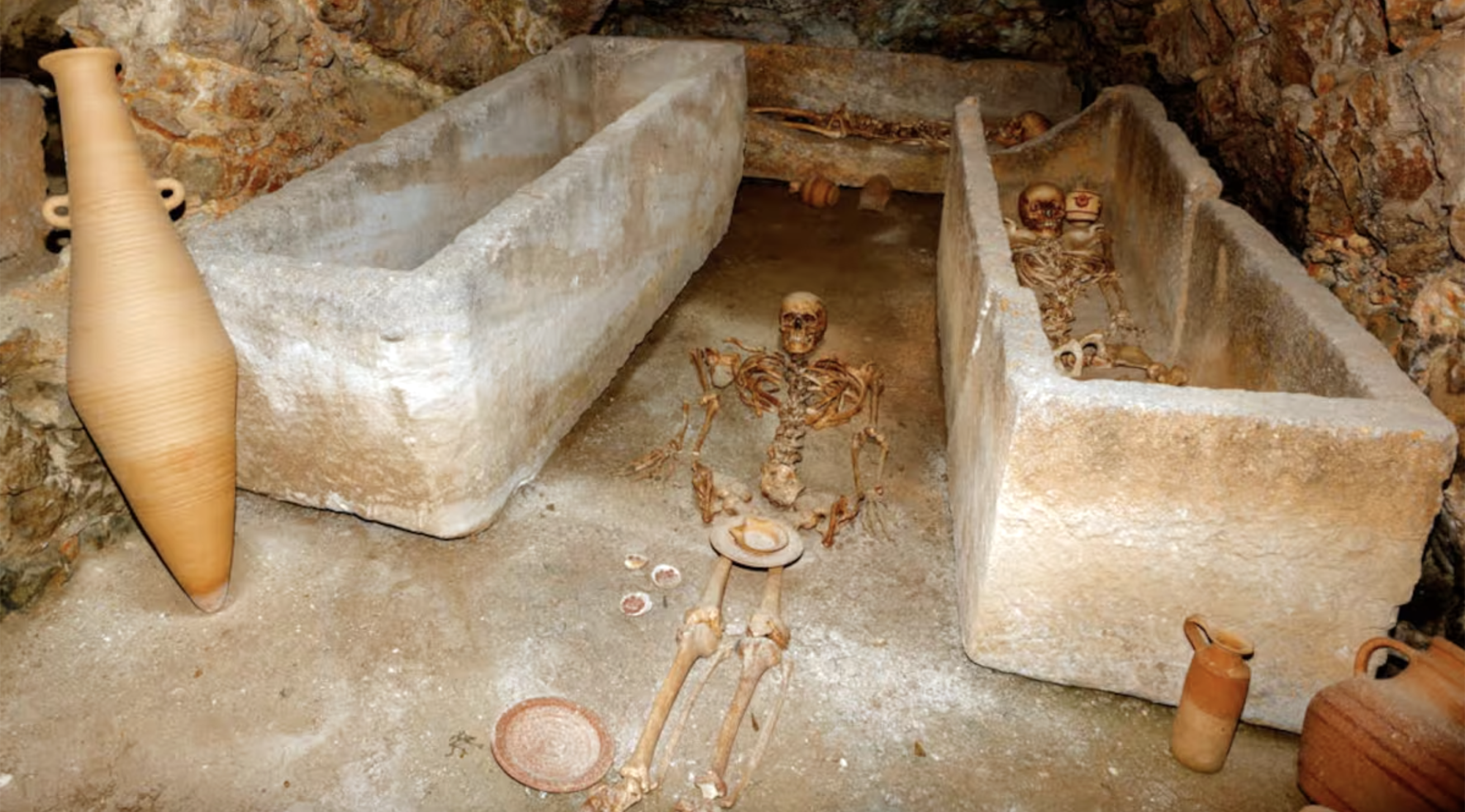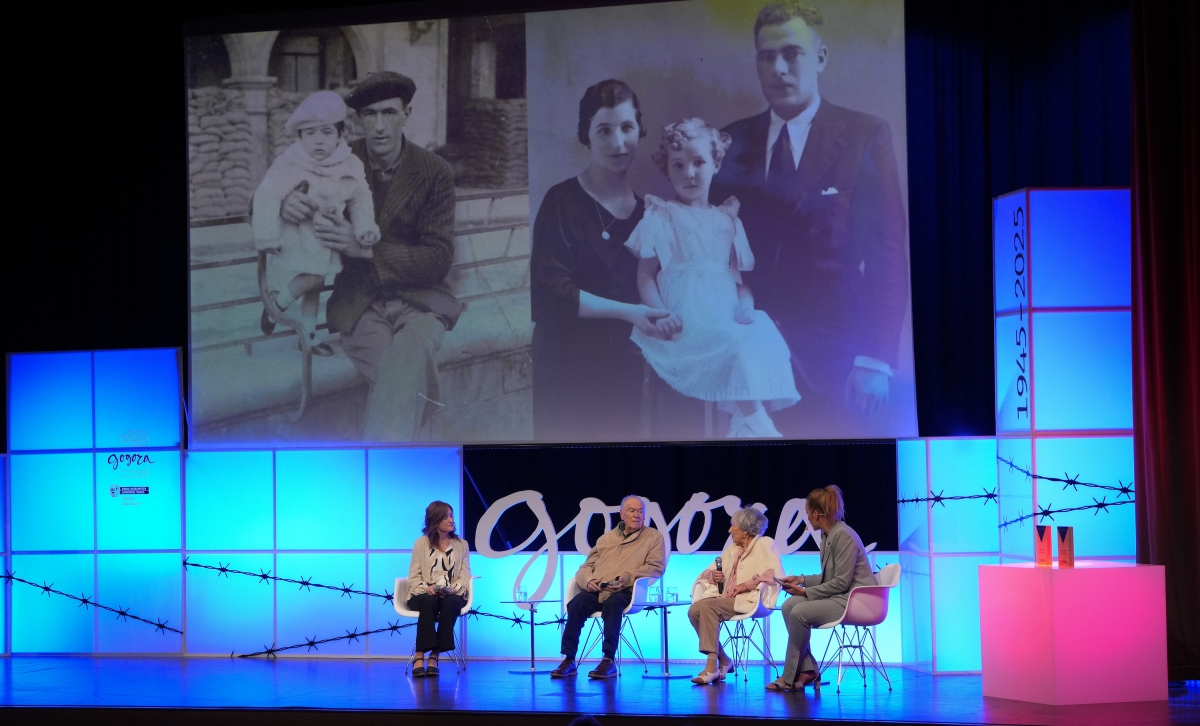Cultural week 'Orreaga 824' this August in Auritz / Burguete
- Nabarralde organizes the cultural week ‘Orreaga 824’ from 19 to 26 August in Auritz. Next year will be the 118th anniversary of the Battle of Roncesvalles in 824.

The date refers to a battle of Roncesvalles, not to the victory of 778 over Charlemagne, but to the last attempt by the French emperors to conquer the Vascones of Pamplona to integrate into the empire, of 824. This fact was also the link between the alliance between Eneko Arista and Banu Qasi, in front of the free forces of Count Eblo and the renegade Aznar Galindo. The triumph of that war consolidated the Basque authority in Pamplona and allowed them to impose sovereign power.
The Cultural Week, to be held from 19 to 26 August, will have an exhibition that will also include:
Saturday, 19 August
- 12:00 CONFERENCE: Xabier Irujo, The Battle of Orreaga and her readings in history
- 19:00 CONCERT: Pair of Belcha
And the main day, 26 August:
- 9:30 Opening of Congress
- 09:45-10:00 Josepe Irigarai (Mayor of Auritz / Burguete)
- 10:00-10:30 Patxi Zabaleta:824, Orreaga, Eneko Aritza aurtena
- 10:30-11:00 Juan María Martínez de Choperena:The Roman road Astorga-Bordeaux, a European road in Orreaga
- 11:00-11:30 Iñaki Lopez de Luzuriaga: Vascones and Aquitaine War: Road to 824
- 11:30-12:00 Iñigo Larramendi:Western and continental Güeñales during the birth of the Kingdom of Pamplona
- 12:30-14:00 ROUND TABLE: Iñigo Larramendi, Maria Solana, Idoia Zabaltza, Josean Beloki: It orreaga memory. 824, NABO
Learn more about the program and the week, here (also inscriptions).
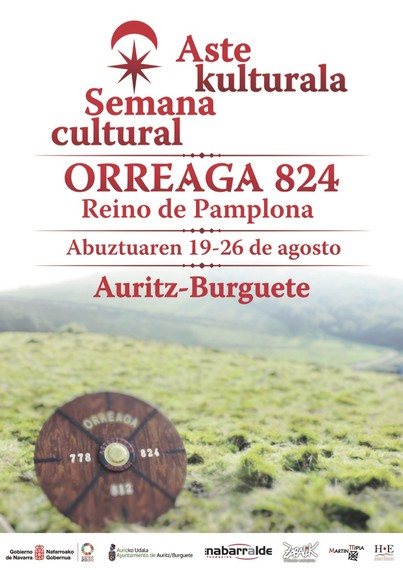
Pond of Venice, year 452. Prompted by the Huns' invasion, several inhabitants of the interior of the Italian peninsula took temporary refuge in the swampy area. But the Lombard invasions came in a few years, and it would become a permanent home for those immigrants. It was a... [+]
During a routine excavation in the Piazza San Giovanni in Laterano in Rome, archaeologists carried out the IX-XIII. They unexpectedly found the remains of a palace dating back to the centuries. And they think it could be the residence of the popes of the time. In other words,... [+]
More and more studies indicate that Neanderthals had more advanced cognitive abilities than previously thought. The latter, published in the Journal of Archeological Science, refers to the spearhead of bone found in the Mezmaiskaya cave in Russia in 2003.
Using microscopy,... [+]
The Indus Valley, about 5,000 years ago. The city of Mohenjo-Daro had about 35,000 inhabitants and, according to recent PNAS publication, had a very low Gini coefficient of 0.22 – a coefficient that measures the economic inequality of societies through the degree of... [+]
I've been enjoying a book lately. In a very short time I have read it twice; the first with pure delight and the second with a pencil in my hand. Hoces de piedra, martillos de bronce, by the Spanish archaeologist Rodrigo Villalobos, aims to explore prehistoric society to answer... [+]
In the Chinese province of Shanxi, in a tomb of the Tang dynasty, paintings depicting scenes from the daily lives of the dead are found. In one of these scenes a blonde man appears. Looking at the color of the hair and the facial expression, archaeologists who have studied the... [+]
Carthage, from B.C. Around the 814. The Phoenicians founded a colony and the dominant civilization in the eastern Mediterranean spread to the west. Two and a half centuries later, with the decline of the Phoenician metropolis of Tyre, Carthage became independent and its... [+]
Salvador Puig Antich frankismoaren kontrako militantea izan zen. Askapen Mugimendu Iberikoko kidea, 1973ko irailaren 25ean atxilotu zuten. Gerra-kontseilua egin zioten, eta garrotez exekutatu zuten handik sei hilabetera, 1974ko martxoaren 2an. Aurtengo otsailean baliogabetu du... [+]
Rudolf Botha hizkuntzalari hegoafrikarrak hipotesi bat bota berri du Homo erectus-i buruz: espezieak ahozko komunikazio moduren bat garatu zuen duela milioi bat urte baino gehiago. Homo sapiens-a da, dakigunez, hitz egiteko gai den espezie bakarra eta, beraz, hortik... [+]
Böblingen, Holy Roman Empire, 12 May 1525. Georg Truchsess von Waldburg overthrew the Württemberg insurgent peasants. Three days later, on 15 May, Philip of Hesse and the Duke of Saxony joined forces to crush the Thuringian rebels in Frankenhausen, killing some 5,000 peasants... [+]









